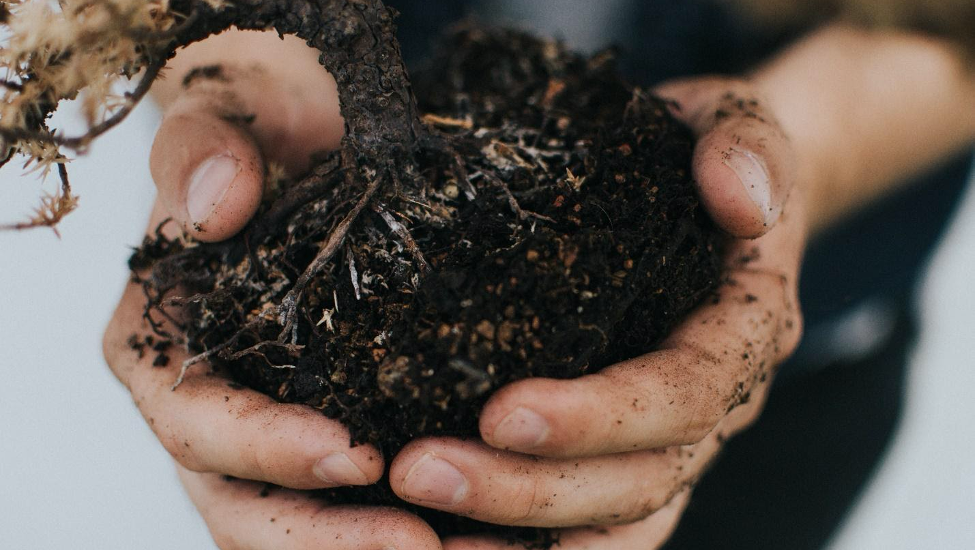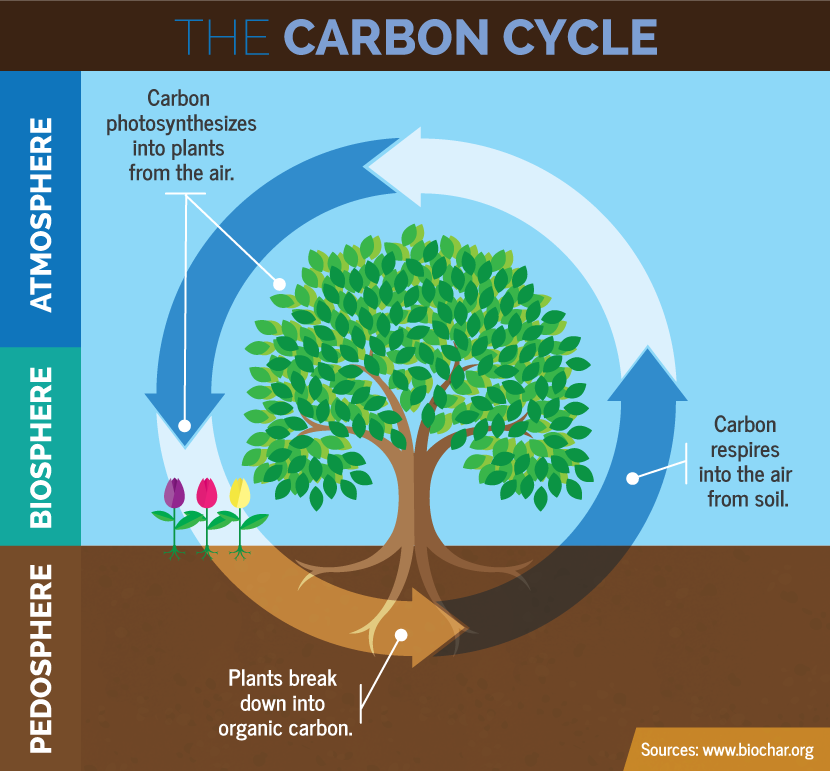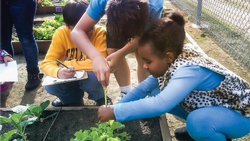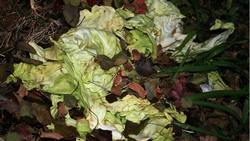Climate Change Mitigation – Be Part of the Solution!
In the context of climate change, mitigation means reducing the amount of carbon dioxide (CO2) and other greenhouse gases in the atmosphere. The good news is that several home gardening practices can do just that. If we all take little steps to reduce CO2 emissions, our small differences can add up.

Capture (sequester) carbon underground.
Capturing carbon is about using plants to absorb carbon dioxide from the air and locking it into the soil. The key? Healthy soil.
Use best practices to build and maintain soil health. Higher organic content in soil improves its ability to hold water, nutrients, and carbon. This works both ways: more soil carbon enriches soil’s productivity (for improved plant health) and greater productivity boosts soil carbon (for more carbon sequestration).

Farm carbon by planting trees and shrubs
• All plants store carbon. The larger they are and the faster they grow, the more carbon they store.
• Well-placed trees provide shade and protection from winter winds. This reduces energy use for air conditioning and heating.
• Look to the slightly warmer, drier climate just inland from us to choose trees that will thrive in the future.
• Be sure to follow fire-smart landscaping principles when planting trees and shrubs.
Manage water wisely

• Water efficiently using drip irrigation. Encourage deep root growth by watering deeply and less frequently.
• Choose plants adapted to our summer-dry/winter-wet climate. Group plants into hydrozones for efficient watering.
• Consider rainwater harvesting.
• Construct patios, walkways, and driveways with permeable materials. This allows water to soak into your garden soil, eliminating runoff.
• Similarly, bio-swales and rain gardens keep water in your land.
Replace your lawn

• Conventional lawn care is energy-intensive, with inputs like mowing, watering, fertilizers, and pesticides.
• Or, if you want a “lawn,” choose low-maintenance turf or instead consider planting a native groundcover.
Grow your own fruits and vegetables

• You’ll cut down on fuel used to transport food. Plus, it will encourage a climate-friendly diet rich in fruits and vegetables.
• For the same benefits, buy produce that is locally grown.
Practice carbon-conscious plant care
• Use hand or electric tools to minimize fossil fuel use.
• Avoid chemical pesticides by practicing Integrated Pest Management.
• Use compost and organic fertilizers rather than synthetic chemical fertilizers.
• Reuse existing and salvaged materials for garden construction.
• Propagate your own plants. Use recycled/repurposed materials for plant starts.
• Avoid potting mixes and soil amendments containing peat moss. Peat bog mining releases carbon to the atmosphere.
Manage kitchen and garden waste

• Your own compost pile provides a nutrient-rich soil amendment that helps soil store more carbon.
• If you don’t make your own compost, then use your green bin! Just keep organic waste out of the landfill, where it releases methane as it decomposes without oxygen.
• Mulch leaves and leave them in place. Leave grass clippings on the lawn.
